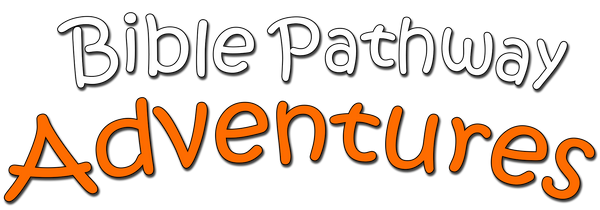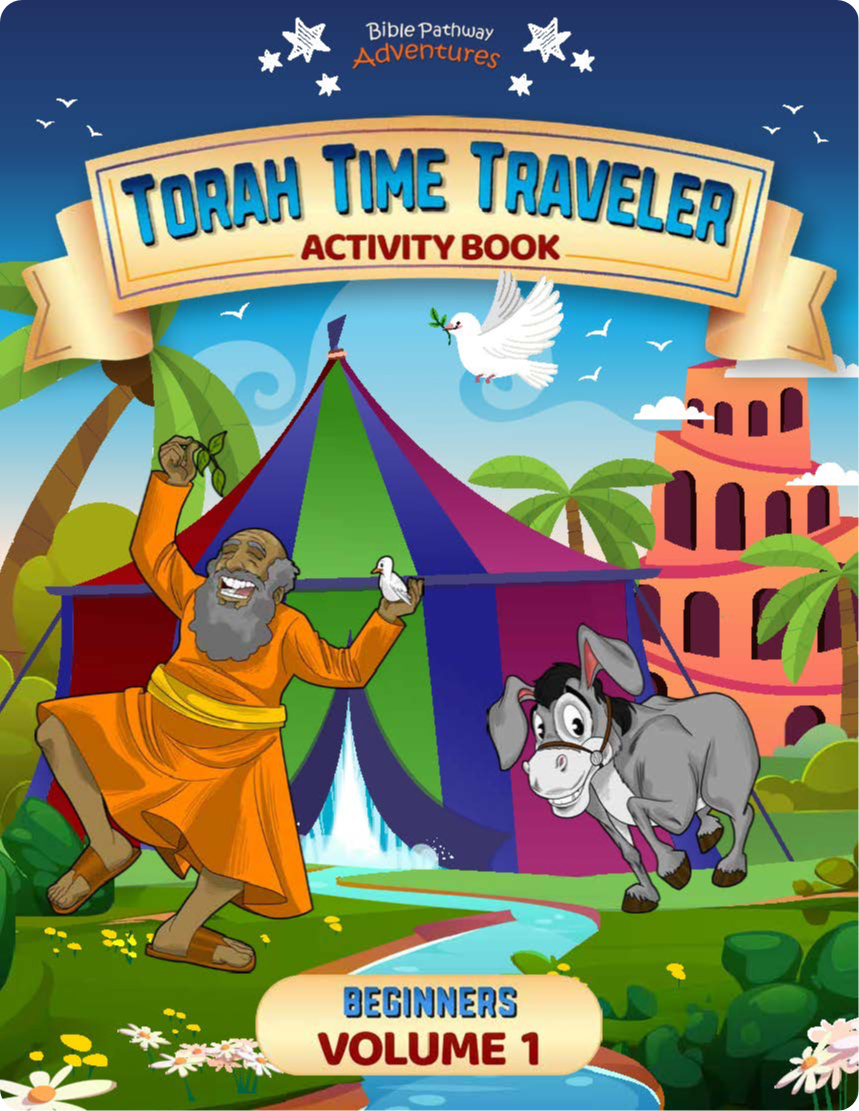Meet Simeon: Jacob's second son
Simeon was the second son born to Jacob, also called Israel, and Leah, Jacob’s first wife. In Genesis 29:33, Leah gave birth to Simeon and said, “Because Yahweh heard that I am not loved, he gave me this one too.” So, she named him Simeon. The name Simeon means "one who hears" or "God has heard."
As one of the older brothers, Simeon played an important role in the family, but he is best remembered for his violent actions in the story of Shechem. When Dinah, Simeon’s sister, was mistreated by Shechem, the son of a local prince, Simeon and his brother Levi retaliated by slaughtering all the men of Shechem (Genesis 34).

This act of revenge brought trouble to Jacob’s family and affected Simeon’s future. On his deathbed, Jacob rebuked Simeon and Levi for their violence, saying, “Cursed be their anger, for it is fierce, and their wrath, for it is cruel!” (Genesis 49:5-7). Because of this, Simeon received no special blessing or inheritance from his father, unlike some of his brothers. Explore more about how Joseph and his brothers shaped the tribes of Israel in The Life of Joseph Activity Book, which provides ready-to-use lessons and activities for young learners.
The Tribe of Simeon
Despite this rocky beginning, Simeon’s descendants formed one of the twelve tribes of Israel. Simeon had six sons: Nemuel, Jamin, Jarib, Zerah, and Shaul (1 Chronicles 4:24). These sons became the ancestors of family groups within the Tribe of Simeon.
In 1 Chronicles 4, we learn that Simeon’s tribe was relatively small compared to other tribes, like Judah. Shimei, one of Simeon’s descendants, had 16 sons and 6 daughters, but his brothers did not have many children, so the tribe’s population remained modest. The Simeonites lived in cities such as Beersheba, Moladah, and Ziklag, as well as in surrounding villages. During the reign of King David, these cities were part of their territory.
In the wilderness, the Tribe of Simeon camped on the south side of the Tabernacle, alongside the tribes of Reuben and Gad (Numbers 2:10-16). Together, these tribes formed part of Israel’s camp. This placement reflected their role in helping to organize and protect the people of Israel during their journey to the Promised Land. To learn more about Simeon and the other sons of Jacob, check out the Twelve Tribes of Israel Activity Book, which is filled with fun and engaging activities to help kids learn about the 12 tribes of Israel. Available in English and Spanish.
Symbols of the Tribe of Simeon

The Tribe of Simeon is symbolized by two objects: the sword and the city gate. The sword is the most well-known symbol because of Simeon’s role in the slaughter at Shechem. Jacob referred to Simeon and Levi’s weapons as “instruments of cruelty” (Genesis 49:5). The city gate is also used as a symbol since Simeon’s territory lay on the road between Shechem and Jerusalem, a strategic location.
The Tribe of Simeon in Battle
Although small, the Tribe of Simeon was known for its strength. They fought alongside the Tribe of Judah in battles against the Canaanites (Judges 1:3) and later supported King David’s armies. These moments of bravery showed the tribe’s willingness to stand up for what was right, even as they dealt with the consequences of their ancestor’s actions. If you want to dig deeper into the 12 tribes of Israel, the Torah Time Traveler Activity Book series offers engaging lesson plans and activities to bring the stories of these tribes to life.
Judgment and consequences
The tribe’s story also includes reminders of God’s judgment. Simeon’s violent actions at Shechem and later participation in the sin of Baal-peor brought serious consequences. When Moses gave blessings to the tribes of Israel, Simeon was omitted, reflecting Jacob’s earlier rebuke (Deuteronomy 33).





